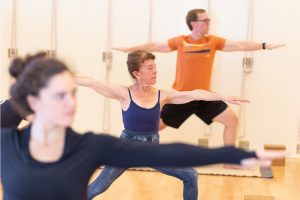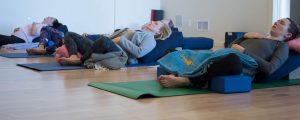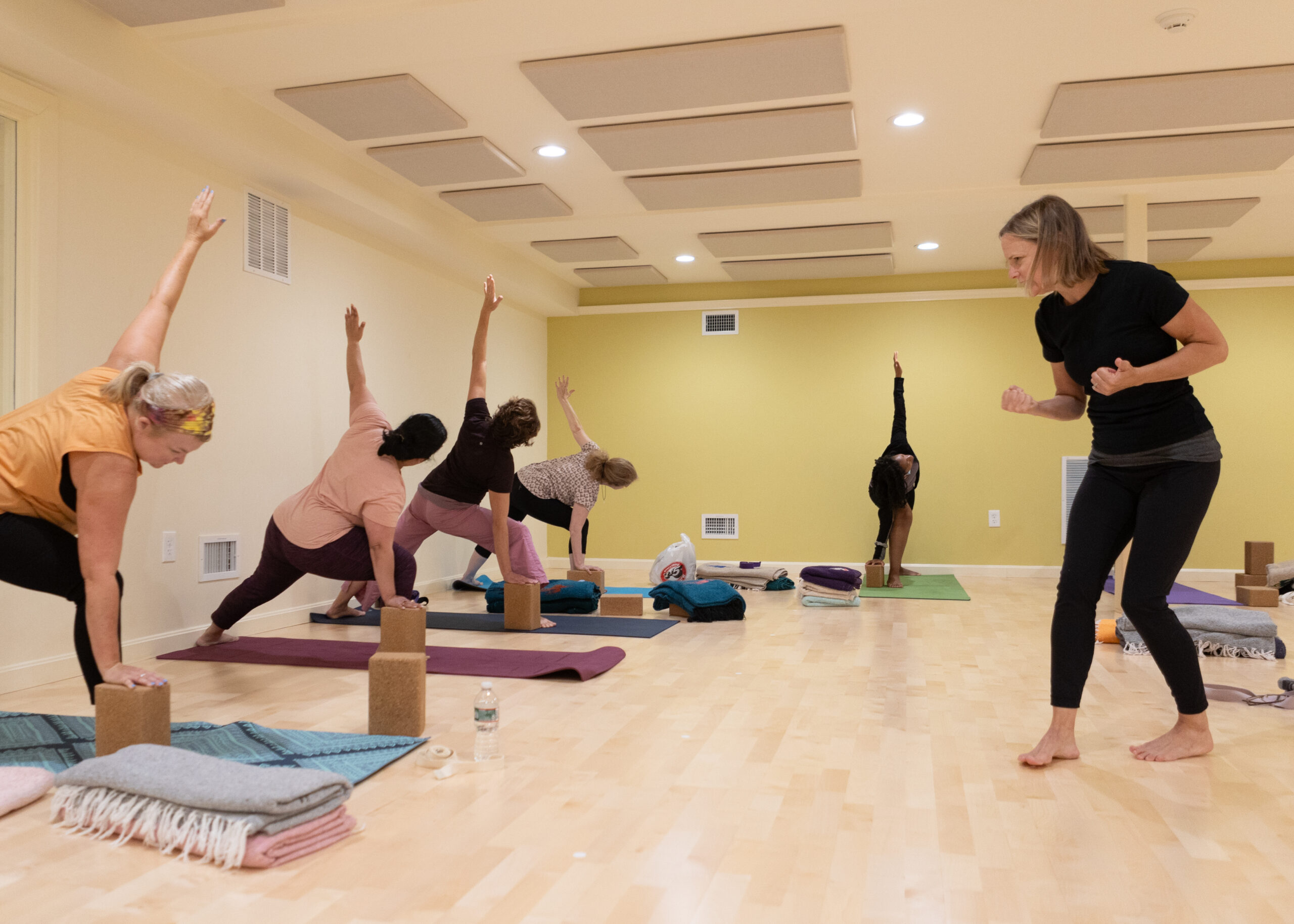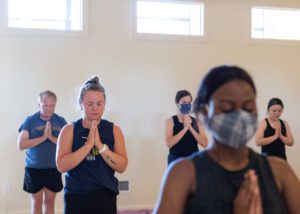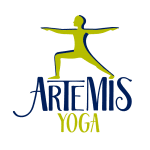Do you remember your first yoga class? Did it take a bit of will and discipline to enroll in the class or to put down your mat? Perhaps this is why “tapas” is the first element of the Yoga of action (2.1) described by Patanjali in the Yoga Sutras*. Loosely translated, tapas is the willpower and discipline we all need to open the body, extend tired muscles, expand our chest, and most importantly to stay with the practice. Yet, if this effort were the only part of one’s yoga, we would burn out quickly! As we stick with tapas we must take on another aspect of yoga, to release and pause – right in the middle of the effort! As we exert our muscles and quiet our mind, the poses we seek, will only bloom if we can relax into them. It seems contradictory in many ways, how can we both be effortful and relaxed? This is the mystery itself, the complexity of yoga.
How can each of us find this “effortless” effort in our lives, and in our practice? In my own practice for example, as I reach for my toes and feel my back muscles “screaming”, the work is to listen to the voice inside my head or of my teacher to stretch my limbs to their full potential, while also recognizing that it is at this point that I must let go. As I learn to observe the sensations and identify the moment where I just need to exhale, I become the pose inside and out. For Yoga itself is not only about the external beauty or aesthetics of the pose, but also it is the subtle internal process of recognizing that now is the moment to accept, relax and yet maintain the effort moving forward. It does not mean that I stop my effort, rather, like a waterfall, effort washes over me and takes my pose to a point beyond the physical picture, and to a beautiful place that exists within me and yet beyond me. That elusive state might last a second or less, but it is a very potent moment as it brings illumination that can last for a lifetime. That small moment provides me with the faith I need to come back to my mat over and over again! It is then; at that moment that I am learning what effortless effort means, that I accept the sweat needed to integrate the pose into myself.
Do not despair that you don’t have the willpower or the effort this takes. We are not talking Herculean struggle, achieved only by luminaries; every one of us, working skillfully to their own edge, can learn to relax into that effort. We can each move toward sensing how this practice brings us closer to the infinite, the quiet within. The gift that this practice offers emerges when we relax into it. We need effort, observation and skillful actions no question about it, yet we also need to recognize that all this effort without a relaxing breath, will not let us experience all that yoga can offer.
Learning to catch this elusive state comes with practice. Some of us might have experienced uplifting feelings of grace in a pose. A month ago a very excited student texted me that she had had a moment just like that, she had the feeling of complete alignment of her spine, unmitigated integration in her head stand. She felt immense joy washing over her and needed to share it. I have had a few of those moments in my 20 plus years of practice. During a backbend workshop many years ago after hours of “donkey work”, muscles screaming suddenly out of nowhere, as I ascended for my last upward bow/wheel position, my heart opened, my head quieted, and for a glorious moment I was the pose and I experienced a glimpse of grace. We all recall these precious moments, and not only during asana practices. When a newborn opens her eyes for the first time and her gaze latches on yours, you know that you are just witnessing the mystery of life. Yoga practice provides us with the arena to practice so that when a moment of grace comes your way, on the mat or off the mat, you will just grab it and be thankful forever.
*2.1. “Accepting pain as help for purification, study and surrender to the Supreme being constitute yoga in practice.
Source: Inside the Yoga Sutras: A Comprehensive Sourcebook for the Study & Practice of Patanjali’s Yoga Sutras by Jaganath Carrera


